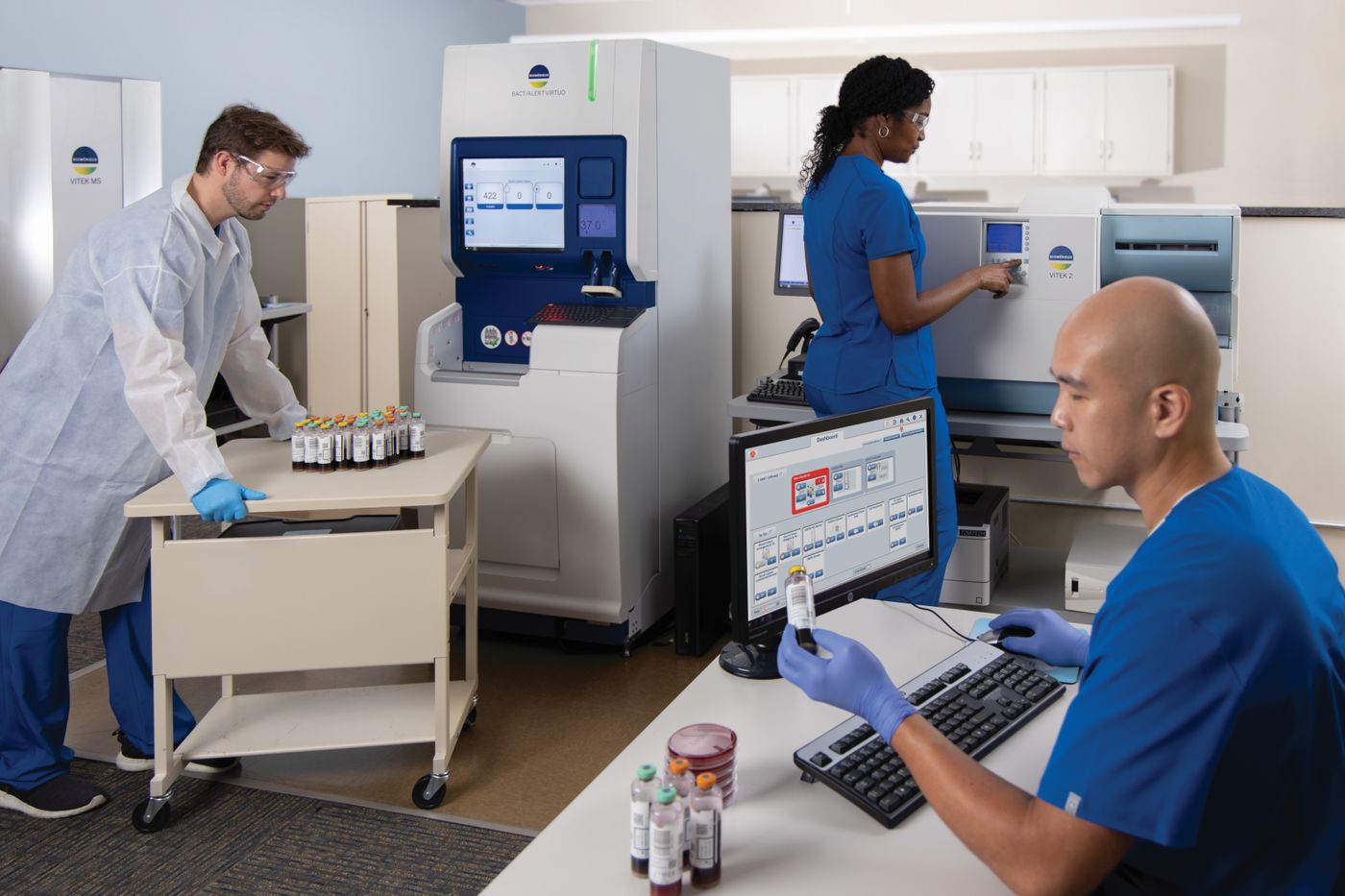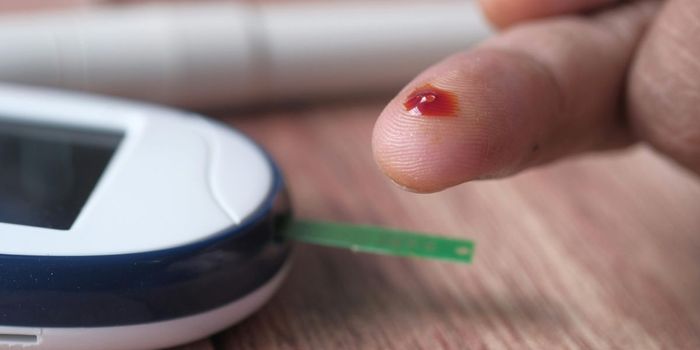Strategies to Improve Your Lab's Blood Culture Process
 Strategies to Improve Your Lab’s Blood Culture Process
Strategies to Improve Your Lab’s Blood Culture Process
A blood culture is a routine laboratory test in which blood – or another sterile body fluid – is taken from a patient and inoculated into bottles containing specialized media to determine whether infection-causing microorganisms are present in the patient’s bloodstream. Blood cultures are an incredibly important laboratory test because they either establish or confirm that there is an infectious etiology for the patient’s illness.1
At a glance, blood cultures appear simple compared to other, more complicated microbiological tests, such as MALDI-TOF identification or Antimicrobial Susceptibility Testing. In spite of their apparent simplicity, blood cultures often present a number of challenges for laboratories, especially with significant vacancy rates in clinical and public health laboratories, as discussed by the American Society for Microbiology in 2021.
Here, we’ll highlight 3 challenges in blood culture processing that can be addressed by diagnostic solutions and strong partnerships with diagnostic companies.
1. Automate your sample volume measurement.
The volume of blood that is obtained for each blood culture set is the most significant variable in recovering microorganisms from patients with bloodstream infections.1 In addition, the College of American Pathologists’ (CAP) Microbiology Checklist recommends that, “The laboratory monitors blood cultures from adults for adequate volume and provides feedback on unacceptable volumes to blood collectors.”2 However, a 2016 review found a wide range of frequencies for under-filled bottles, from 20% to as high as 97.7% of bottles being under-filled; over-filled bottles were much less frequently observed in this review.3
Manually measuring blood culture sample volume is tedious, not to mention highly variable depending on the staff member performing the measurement. Newer diagnostic solutions like the BACT/ALERT® VIRTUO® system from bioMérieux automate sample volume measurement for adult bottles, reducing the variability and staff time required for this important step in blood culture management. Each adult blood culture bottle that is loaded onto the VIRTUO is individually measured, and the system will notify users if the bottle is over- or under-filled outside of their defined parameters. This enables staff to take action quickly and re-draw blood cultures if needed, promoting improved blood culture quality.
2. Automate your blood culture reporting.
Critical trends and meaningful information can be found in analyzing a laboratory’s blood culture data. However, converting raw blood culture data into a meaningful report is challenging to do manually, and may be burdensome for laboratories to accomplish with limited staffing and strained resources. The fully-automated VIRTUO system has impactful reports available with just a few taps on its touchscreen – including bottle status and microorganism growth curves, as well as vital instrument statistics such as temperature and calibration reports.
More advanced blood culture reporting on contamination rates, sample volume, and microorganism detection is not only critical information for laboratories, but in many cases it is also mandatory to be tracked. Blood culture contamination is an especially relevant topic, and it is addressed in the CAP Microbiology Checklist as well, which states, “The laboratory monitors blood culture contamination rates and has established an acceptable threshold.”2
VIRTUO, together with MYLA® microbiology data management software, automates reporting on blood culture contamination, positivity rates, sample volume, and more. Automatically generated and customized reports are available, enabling laboratory staff to stay abreast of trends and comply with required reporting.
3. Take advantage of online educational opportunities.
It is recommended that blood cultures be collected only by staff members (medical, nursing, phlebotomist, or technician) who have been fully trained and whose competence in blood culture collection has been assessed.1 With limited resources and high turnover impacting healthcare systems nationwide – a McKinsey survey in 2021 found 60% of respondents cited clinical support staff coverage as a challenge facing their hospitals – finding the time and resources for blood culture education is undoubtedly a challenge.
Online education offers convenient and accessible learning opportunities for staff on blood culture best practices, with many high-quality, free resources available on-demand. On bioMérieux University, there is a course on blood culture collection offering P.A.C.E. credits, in addition to numerous how-to videos on daily use of blood culture systems and how to create blood culture reports. P.A.C.E.-accredited webinars from microbiology thought leaders are also on-demand at bioMérieux University, including “Blood Culture Boot Camp: Best Practices & Case Studies” with Drs. Carey-Ann Burnham and Eric Ransom.
In an upcoming webinar on “Questions from the Blood Bench,” hosted by bioMérieux on April 28, Dr. Joel Mortensen of Cincinnati Children’s Hospital will provide a review of blood culture basics before delving into areas of confusion and debate, misconceptions, and frequently asked questions about blood cultures. He will also highlight how the fully-automated VIRTUO system has positively impacted his laboratory’s workflow.
References
1. bioMérieux. Blood Culture: A Key Investigation for Diagnosis of Bloodstream Infections. PRN 052944 Rev01.A.
2. College of American Pathologists. Microbiology Checklist. September 2021. https://www.cap.org/
3. Lamy B et al. How to Optimize the Use of Blood Cultures for the Diagnosis of Bloodstream Infections? A State-of-the Art. Front Microbiol. 2016 May 12;7:697.








